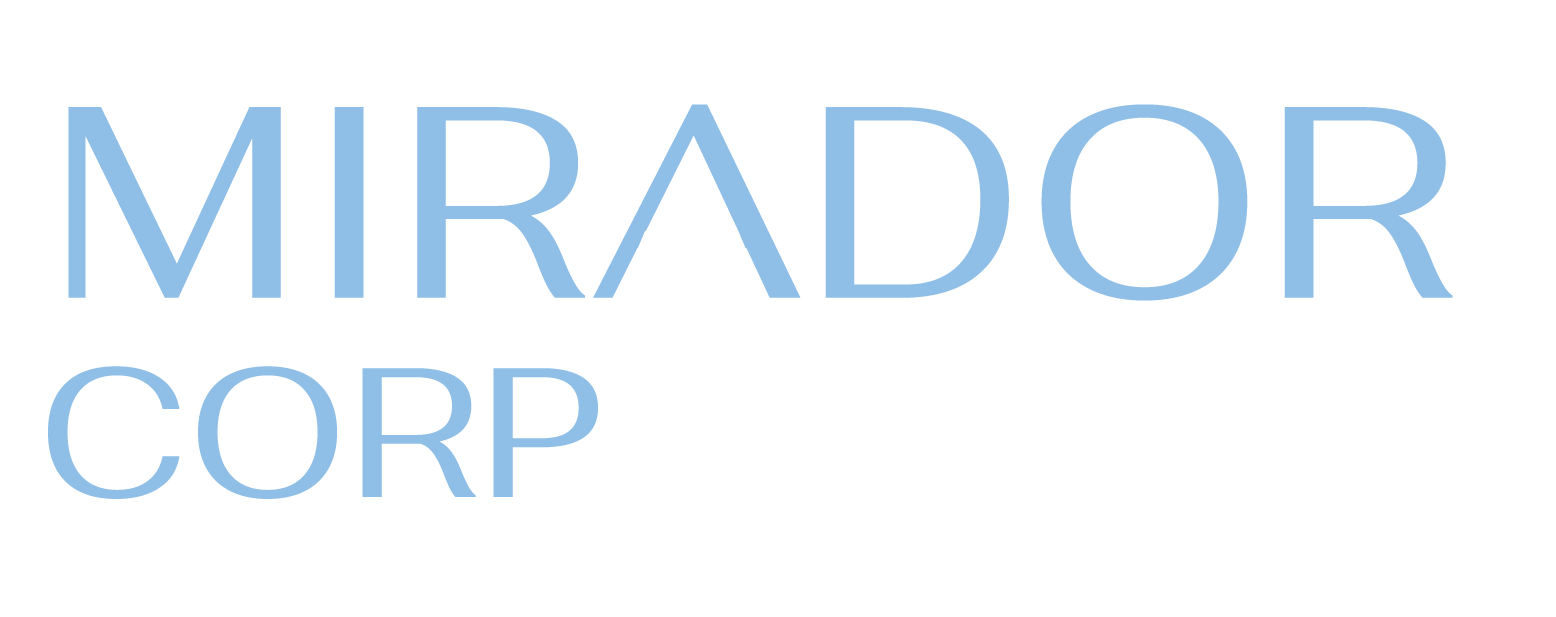Mirador Real Advice Blog
RRIF Withdrawal Rates
March 12, 2024
Although RRIF withdrawal rates are very straightforward and we provide a link to the prescribed minimum RRIF withdrawal rates by the government later in this post, there are many wealth planning opportunities around RRIF withdrawal rates for those willing to think outside of the box.
I was recently sitting down with our new clients Jim and Sally Benson. They are both in their mid-80’s and make withdrawals from their investment portfolio monthly to help fund their living needs. In our conversation it became clear to me that estate planning was at the forefront of their minds. Listening to them talk about their grandchild Susan, it was very evident that it was important to them that they maximize the value of the estate they left behind for her.
I learned that their previous investment advisor had them taking a great deal of their monthly cash requirements from their non-registered joint account. The investments in their RRIFs were growth oriented and did not produce a steady stream of income. Only the minimum RRIF withdrawals were made, and this was done at the end of each year. In looking at their tax returns, both Jim and Sally had an effective tax rate of 25-30%. The current value of EACH of their RRIF’s was over $250,000.
Registered accounts like RRIFs can be transferred to a spouse upon one’s death if they are set-up correctly, with no immediate tax bill or tax consequences, and then only taxed when the surviving spouse dies. But what if Jim and Sally both passed away simultaneously or within a short time span of each other? 100% of the value of their RRIFs would be included as income in their final tax returns, putting them into the highest tax bracket and costing their estate hundreds of thousands of dollars in lost value due to taxes. This clearly would not meet their goal of maximizing the value of the estate that they leave for granddaughter Susan and her family.

After listening to Jim and Sally and conferring with Stan, Mirador’s portfolio manager, we decided to recommend some changes. We recommended that they switch their RRIF withdrawal to monthly. Given that the Benson’s were currently in a low tax bracket, we concluded that it made sense for them to increase their RRIF withdrawal rate. We recommended that they take more than the minimum RRIF withdrawal rate and deposit the funds in excess of their spending needs into their non-registered account. Their RRIF’s were invested in the Triopay program, which is focused on security and excellent long-term income, so the Triopay distribution would cover most of the withdrawal. The joint account was also invested in Triopay, but we stopped the monthly income payments and established the account to reinvest the generous Triopay distribution to allow the account to grow. In the fall of each year, we will work closely with the Benson’s tax advisor to determine if it makes sense to change their RRIF withdrawal rate or take funds from the joint account based on their forecasted income for the current and following year. We will ensure the increased RRIF withdrawal rate will not result in an OAS claw back. Taking these steps allowed us to structure their portfolio and RRIF withdrawals to match their cash flow needs while minimizing future taxes the estate will have to pay, hence meeting their desire to maximize the legacy they leave for their granddaughter Susan and her family.
A Registered Retirement Savings Plan (RRSP) can be converted to a Registered Retirement Income Fund (RRIF) at any time, but no later than the end of the year in which you turn 71. Once you have a RRIF, you are required to make minimum RRIF withdrawals each year, starting the year after the RRIF is established but there are no limits or restrictions as to how much income you can withdraw from your RRIF that is over and above the minimum amount. RRIF withdrawals are included in your taxable income each year. The minimum RRIF withdrawal rates are set by CRA and can be found in the attached table Chart – Prescribed factors – Canada.ca Your RRIF investment account administrator will issue to you a notice of the minimum RRIF withdrawal near the beginning of each year.

Retired people and RRIF accounts are a major part of Mirador’s business. We have decades of real-life experience and know this business well. Mirador has advanced software programs to help strategize RRIF withdrawal rates within your overall portfolio cash-flow plan. Now that we have dispelled what seems to be the automatic advice by many advisors to use the minimum RRIF withdrawal rates, follow us for more blog posts soon on RRIF strategies.
Do you have questions now about your personal RRIF withdrawal rate strategy and how it might impact your retirement, tax, and estate planning goals? Mirador’s holistic approach to wealth advice and investment management puts us in an excellent position to identify possible planning opportunities around your RRIF withdrawal rates that may help you, taking into consideration your unique situation, specific goals, and needs. We would be pleased to provide you with our unbiased, independent wealth advice for your unique personal situation. Feel free to respond to this email or call me at 403-978-6798.
Joyce Clarke, CPA, CA
Making Investors’ Lives Better
